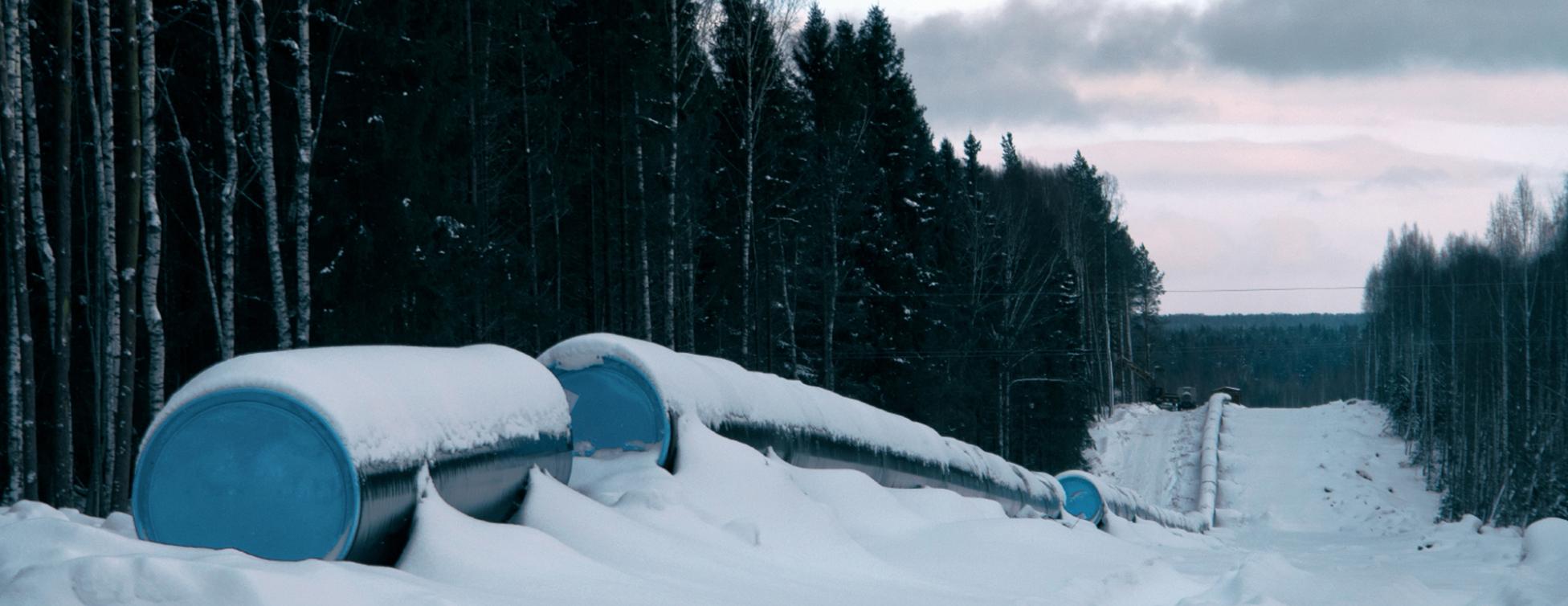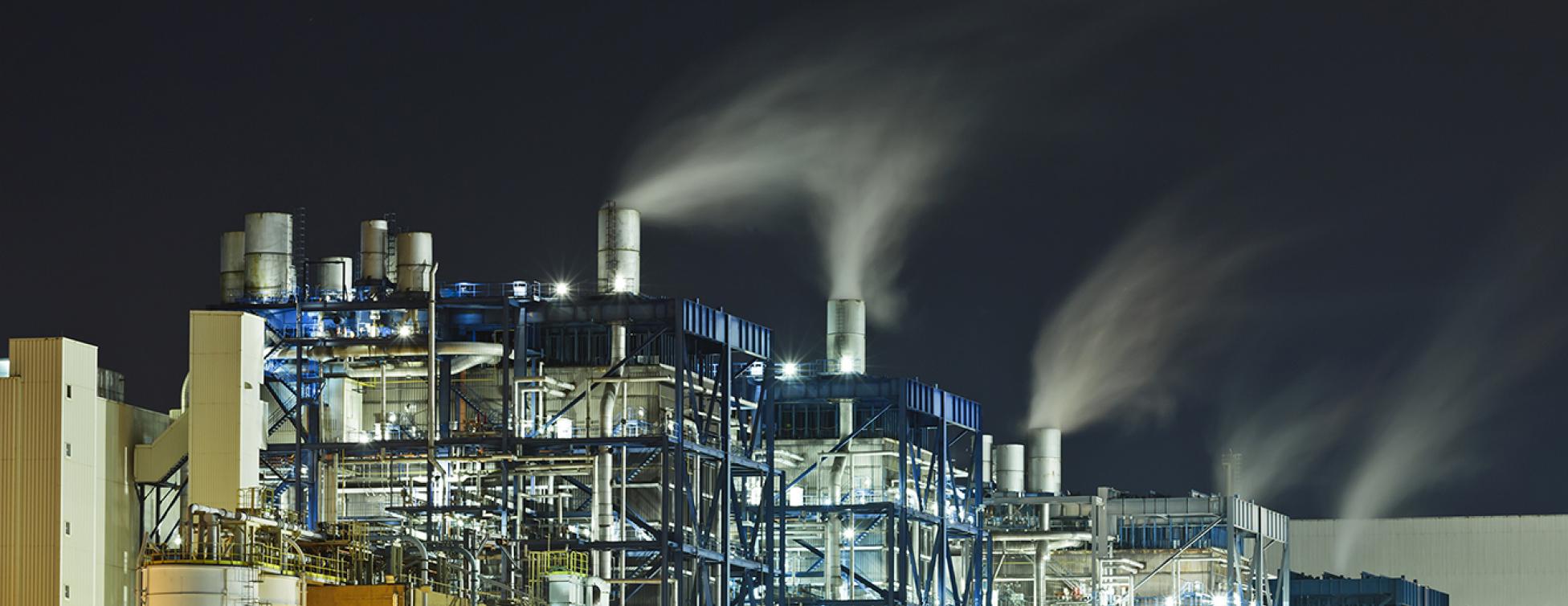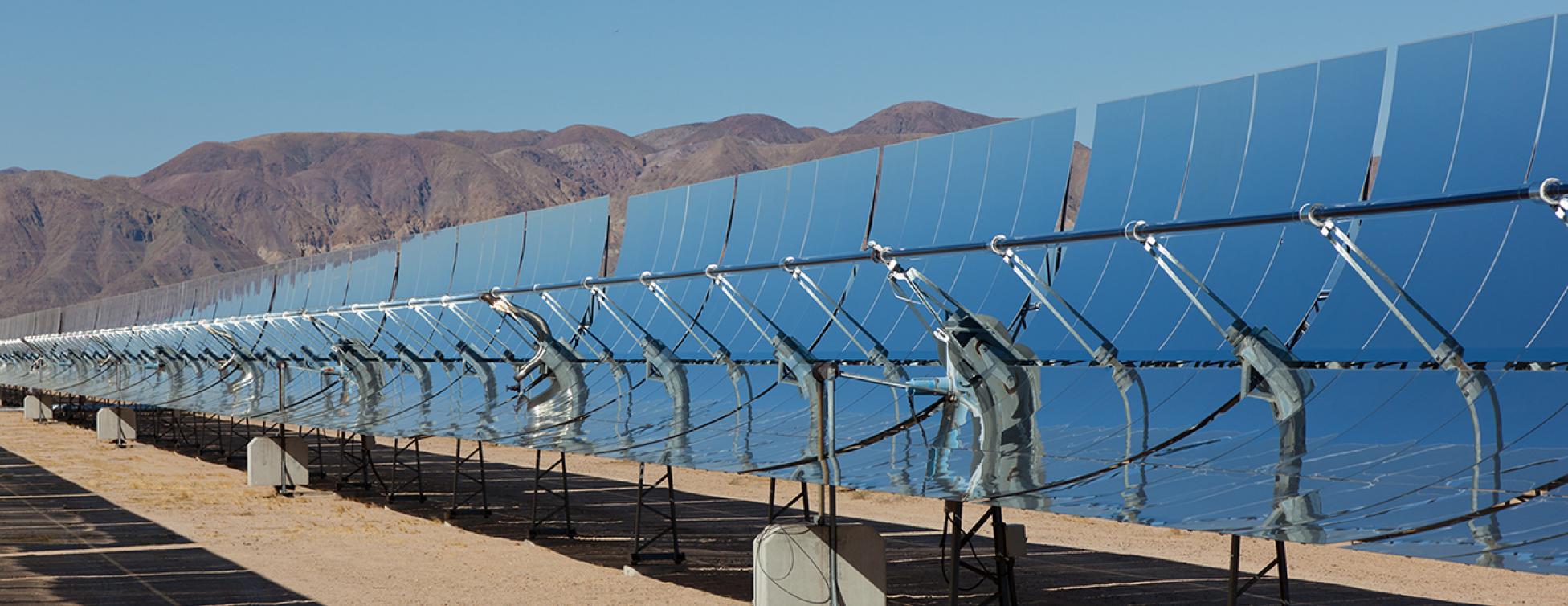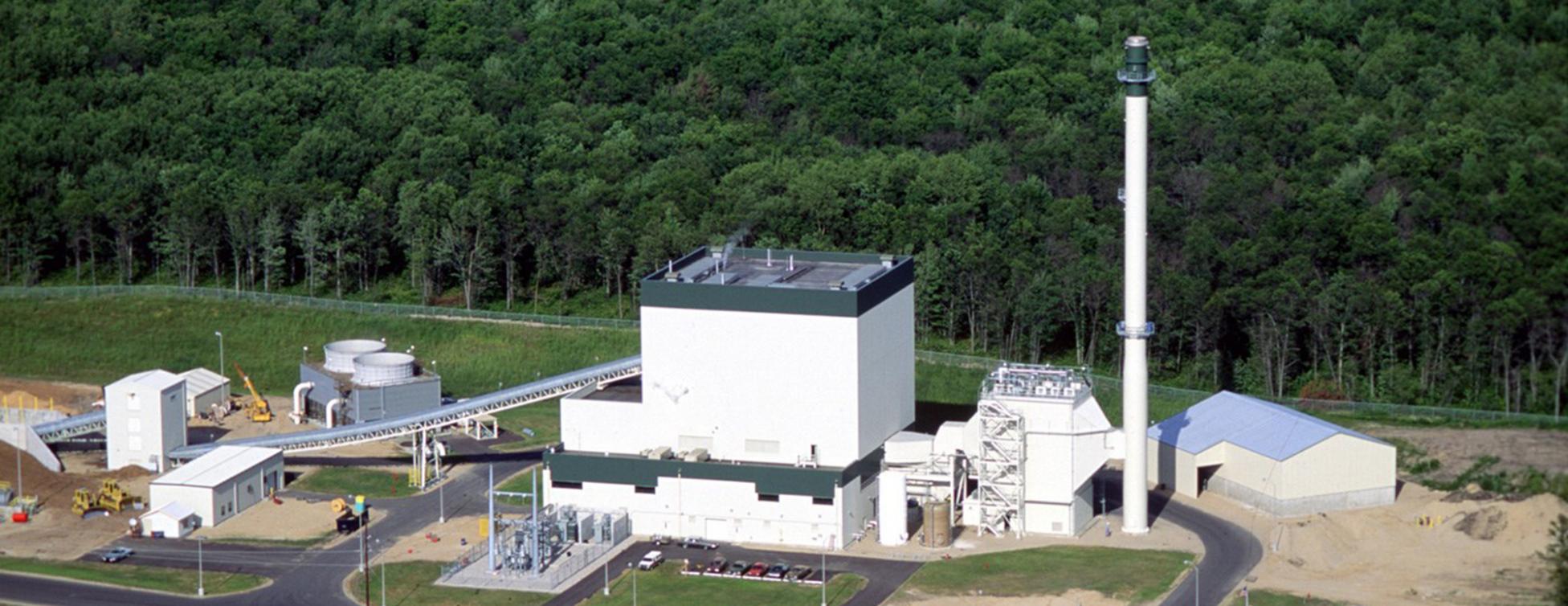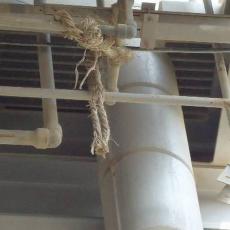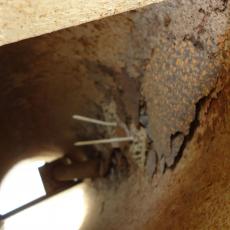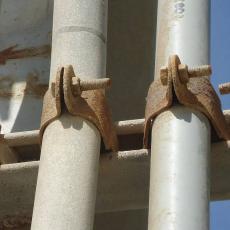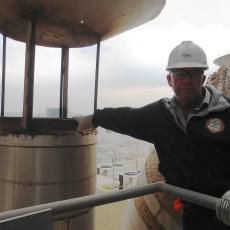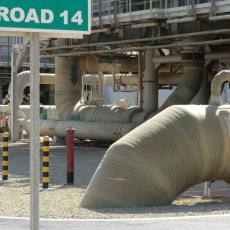Project Blog Introduction
EPR’s project management, restructuring, and consulting experience is highly varied, often very technical, but always deeply immersive. These formative experiences, on top of our traditional project management expertise, have resulted in a unique industry perspective.
Poorly managed construction may exhibit problems such as safety, schedule, and escalated cost. However, plant quality is the most significant determinant of the forward asset (plant) value.
This blog is not intended to be a deep technical reference but rather a discussion-level view. However, our intention is to bring a real-world perspective of how construction quality impacts an owner, with enough technical content to provide context. It is assumed the more technical reader will understand the basis for these observations.
Additionally, some posts deal with ‘case studies’ of projects EPR evaluated where poorly conceived execution strategy prior to mobilization created enormous realized construction risk and soured the asset with enduring bad quality. EPR believes a poor execution strategy places an owner’s team at a severe disadvantage often preventing plant delivery commensurate with the contractor agreement.
All the problems identified in this blog could have easily been avoided with skilled proactive oversight at minimal or no incremental cost. If your project is near COD or early in construction and exhibiting some of these (or other) concerns, EPR can help.



